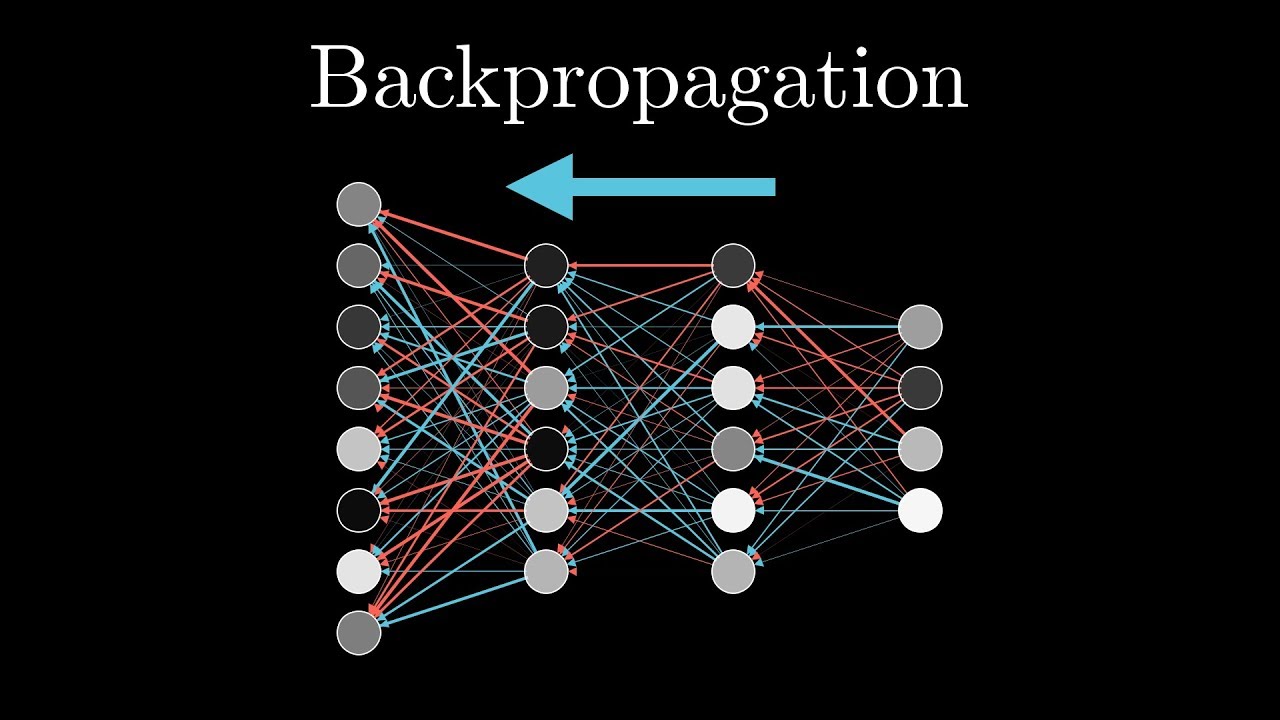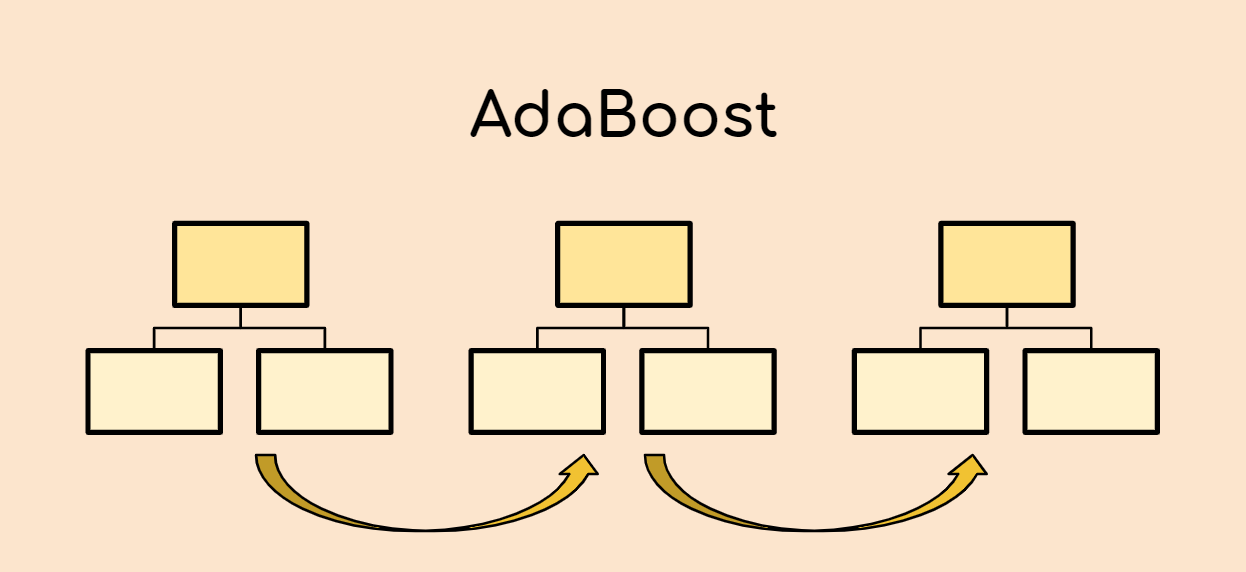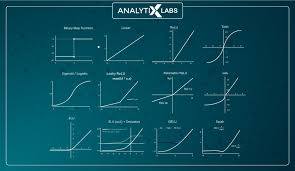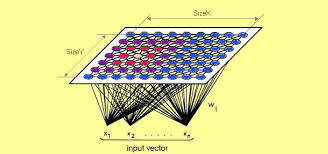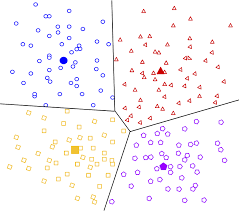The back-propagation algorithm revolutionised machine learning by enabling efficient training of deep neural networks. This blog explores its history, functionality, applications, and use in Australian industries such as healthcare, energy optimisation, and traffic systems.
AdaBoost.SAMME extends the original AdaBoost algorithm to efficiently tackle multi-class classification problems by iteratively prioritising errors and combining weak learners. This blog explores its history, functionality, variations, and applications in healthcare, traffic forecasting, and education segmentation in Australia.
Activation functions are essential in neural networks, introducing non-linearity to enable the modelling of complex patterns. This blog explores their history, types, and applications in Australian sectors such as healthcare, traffic management, and environmental research
The Self-Organizing Map (SOM), developed by Teuvo Kohonen in the 1980s, is a powerful tool for simplifying high-dimensional data. By clustering and visualising data relationships, SOMs are widely used in Australian sectors like policy-making, geoscience, and public transport.
A Brief History: Who Developed It? Clustering algorithms originated at the intersection of statistics and computational advancements. Hugo Steinhaus introduced the k-means clustering concept in 1956, while James MacQueen refined it in 1967, transforming it into a practical tool for …


